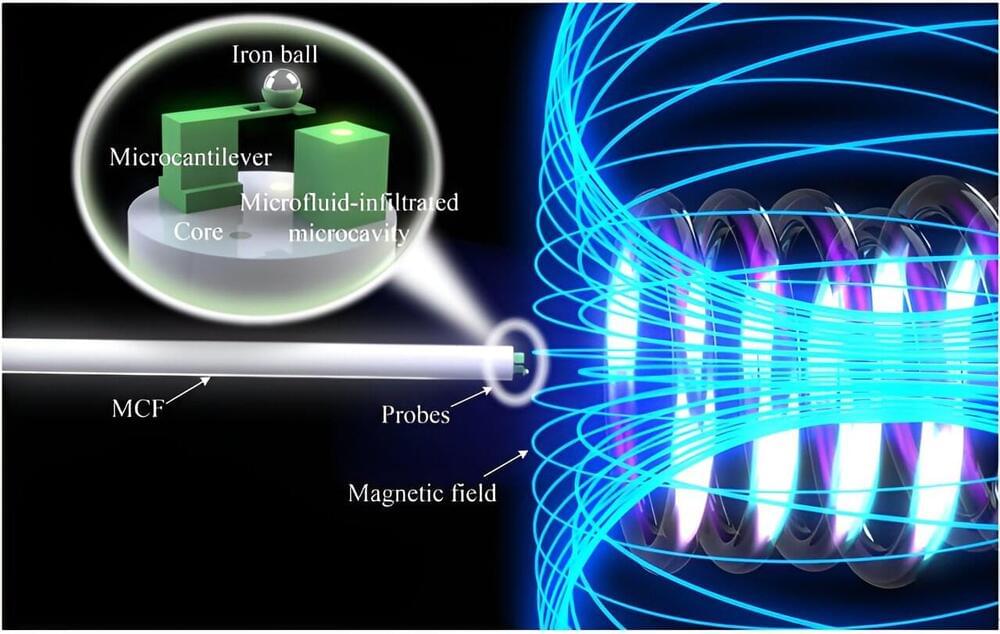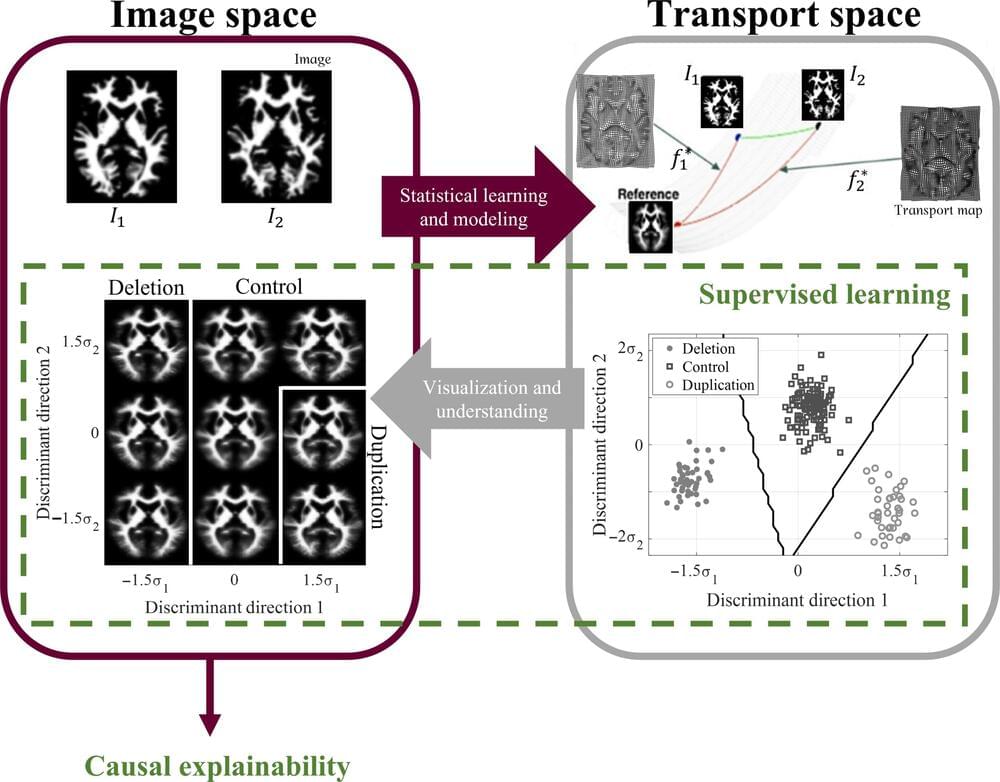Aug 29, 2024
Researchers take inspiration from viruses to improve delivery of nucleic acid-based therapies to cancer cells
Posted by Saúl Morales Rodriguéz in category: biotech/medical
A researcher in Purdue University’s College of Science is developing a patent-pending platform technology that mimics the dual-layer structure of viruses to deliver nucleic acid (NA)-based therapies to targeted cancer cells.

















